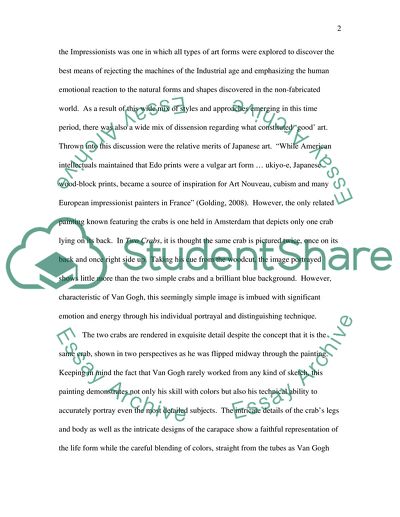Cite this document
(“Artwork Analysis Research Paper Example | Topics and Well Written Essays - 750 words”, n.d.)
Artwork Analysis Research Paper Example | Topics and Well Written Essays - 750 words. Retrieved from https://studentshare.org/performing-arts/1724606-artwork-analysis
Artwork Analysis Research Paper Example | Topics and Well Written Essays - 750 words. Retrieved from https://studentshare.org/performing-arts/1724606-artwork-analysis
(Artwork Analysis Research Paper Example | Topics and Well Written Essays - 750 Words)
Artwork Analysis Research Paper Example | Topics and Well Written Essays - 750 Words. https://studentshare.org/performing-arts/1724606-artwork-analysis.
Artwork Analysis Research Paper Example | Topics and Well Written Essays - 750 Words. https://studentshare.org/performing-arts/1724606-artwork-analysis.
“Artwork Analysis Research Paper Example | Topics and Well Written Essays - 750 Words”, n.d. https://studentshare.org/performing-arts/1724606-artwork-analysis.


